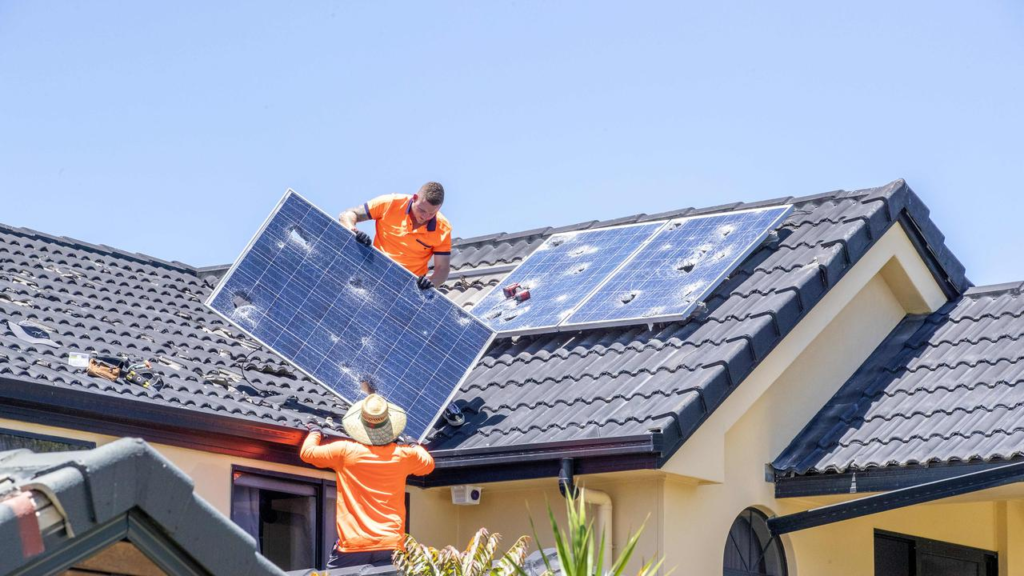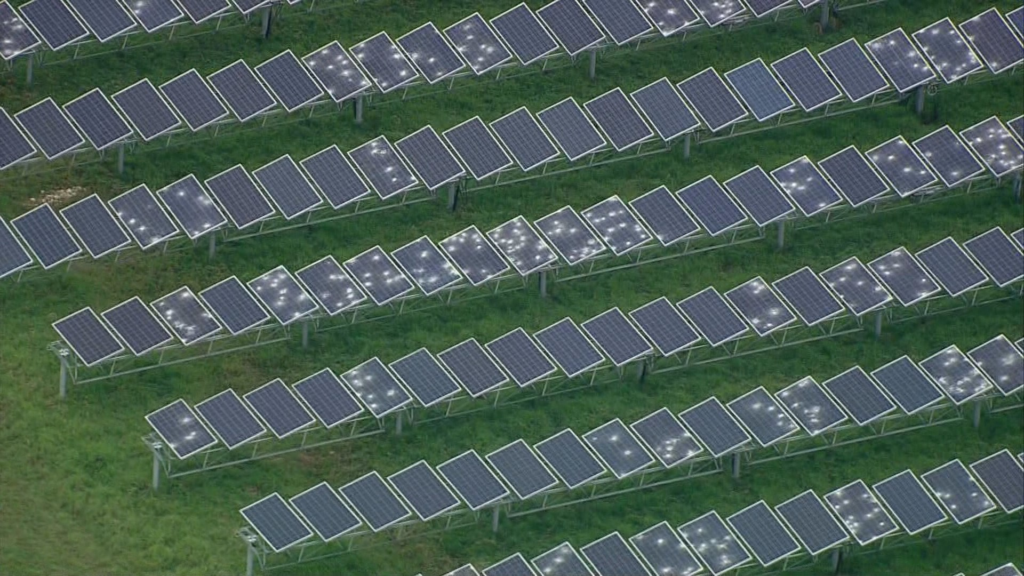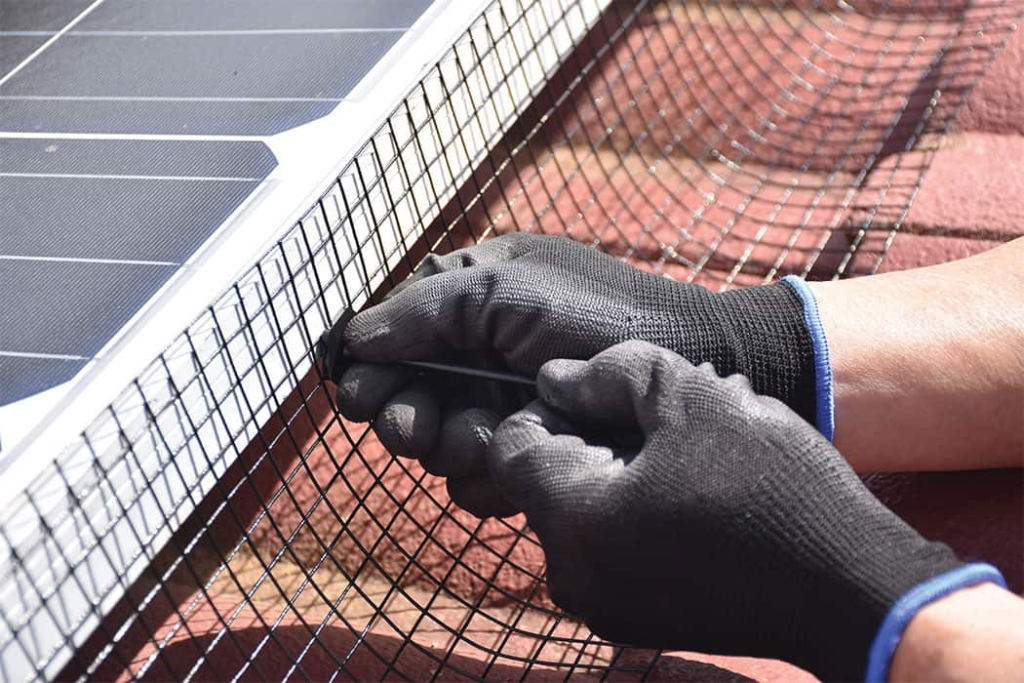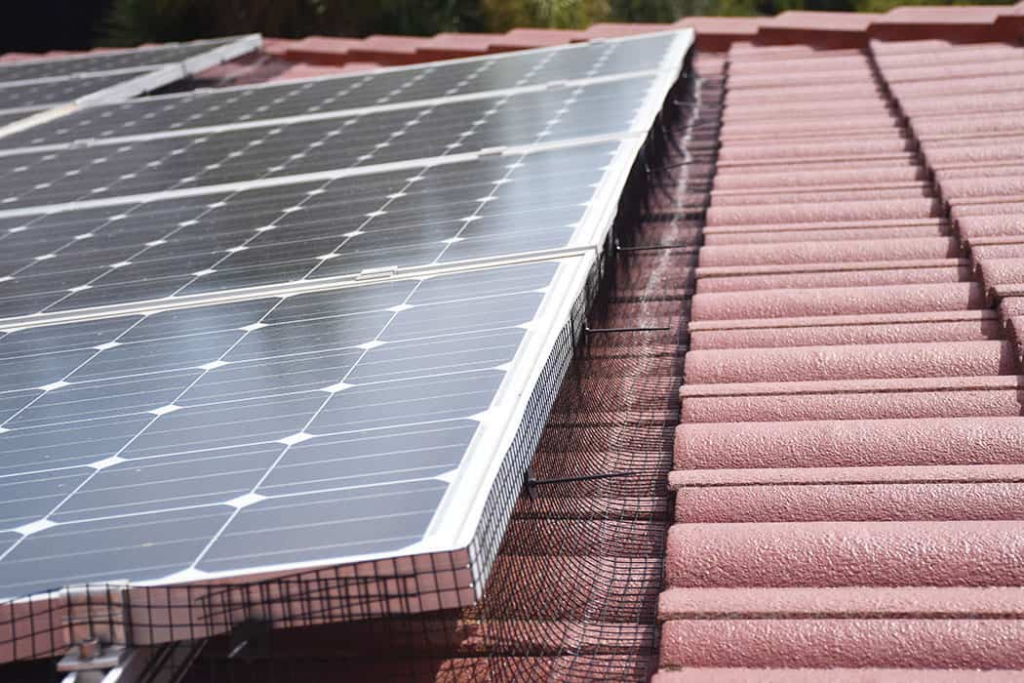Protect Solar Panels From Hail – All You Need To Know
It’s inevitable. One day, one of those little hailstones that can wreak havoc on your car will hit your solar panels. It could be a dozen or even a dozen thousand times smaller than the ones that can crack windshields, but make no mistake; it will damage your panels. And if a hailstone making less than an inch in diameter destroys them, what does that say about the damage the larger ones could cause? Hail destroys solar panels more than any other weather event. More storms are classified as hailstorms than anything else. The simple fact is that solar panels have been getting bigger, and these hailstorms create bigger chunks of ice that can take larger pieces out of the panels. Protecting solar panels from hail is important to get the most out of them.
Protect Solar Panels From Hail – Protective Covers Or Sheilds
Hail can be costly for solar panels, but there are ways to protect your panels from hail damage.
The most common type of hail damage is pitting, which causes the panel’s surface to look peppered with small craters. Pitting will shorten the lifespan of your panels and can cause them to produce less energy than they would otherwise.
Preventions From Damage
(1) Testing Hail Damage to Solar Panels! – YouTube
There are several ways you can protect your solar panels from hail damage, including
Hail Guards:
If your solar panels are not installed on a building or structure that can protect them from hail, you should consider putting up a hail guard around them. A hail guard is a fence made of steel poles that extends above and below ground level so that when a hailstorm comes through, it hits the fence instead of damaging your panels.
There are many different types of hail guards available, each one designed with different features and specifications based on how much protection they provide and how much money you want to spend on them.
Foam:
Another great way to protect solar panels from hail is to use foam. This is particularly helpful if you live in an area where large hail storms are common. A good rule of thumb is that if it’s not raining, you should use foam on your solar panels. Foam will help protect against small pieces of hail and larger ones.
The foam also helps protect against wind damage, leaves, and other debris that may get caught up in the wind and fall on your solar panels. If they do fall off, they would be caught by the foam instead of hitting your panels directly.
Metal Cover:
Metal covers protect against hail damage to solar modules up to 3 inches in diameter and seem to be the best solution for a system of any size. However, the price tag is often prohibitive. Be sure that your metal covers are made of aluminum or steel, weather resistant, and free of imperfections. The thermal vents keep the entire module cooler during summer to help prevent premature failure. For systems with R10-12 panels, metal covers are recommended by SolPro as they offer the greatest amount of protection.
Using insurance:
Most homeowners’ policies cover hail damage as part of their comprehensive coverage package. However, many carriers require the homeowner to purchase additional coverage specifically for solar panels if they want coverage against hail damage (an endorsement).
Installing anti-hail devices:
Anti-hail devices include large plastic covers to small polyurethane foam attachments. The most common anti-hail devices are made of plastic and should be installed before hail season begins in your area. These devices are inexpensive, but they can take some time to install.
The main benefit of anti-hail devices is that they protect solar panels for several years, depending on the type of device you choose. However, these devices may not last indefinitely, so you’ll need to replace them after a few years or when they become damaged.
Installing heavy gauge metal panels:
While plastic covers protect solar panels from hail damage, they don’t protect enough against larger hailstones. You’ll need to use heavier gauge metal panels instead of plastic covers to protect your solar panels from larger hailstones. These heavy gauge metal panels are usually made of stainless steel or aluminum and can withstand most hailstorms without any problems.
Hail-Proof Panels
Hail-proof solar panels are also known as hail-resistant solar panels. They are made of reinforced glass, which is stronger than the glass used in standard solar panels. The glass is also tempered, which means it is much stronger than regular glass.
A typical Hail Proof Solar Panel can withstand a direct hit from a golf ball-sized hail stone at speeds of up to 200mph. This means they can withstand much more than standard solar panels, which small hail stones can destroy.
Are these beneficial?
These panels will work just like any other, but they will be much more resistant to damage caused by hail stones and other weather conditions, such as extreme heat or cold. This means that if you live in an area with a lot of weather-related damage, these could be beneficial for you as they will last longer than normal solar panels would when hit by strong winds or rain storms, etc. If you do not live in an area with a lot of weather-related damage, these may not be worth paying extra money for as they won’t offer any extra benefits over standard ones.
Cost Comparison Between Hail-Proof Panels & Regular Panels
The cost of hail-proof panels may increase significantly depending on where you live and how much damage you expect a hail storm could cause to your property. Since hail storms can vary in intensity from place to place, this factor makes it difficult to determine exactly how much they will cost.
The cost of installing hail-proof solar panels will also depend on whether you’re replacing or adding new ones to your existing system. If you need to replace some of your existing panels because of damage caused by a hail storm, installing the new ones might be cheaper than replacing them at once.
Final Verdict
It doesn’t take much to protect solar panels from hail. If you want to avoid losing a month or two of production, you should be ready for when it’s about to happen and know how soon the hail storm might come. You don’t want to let hailstones damage your panels or other electrical equipment.






